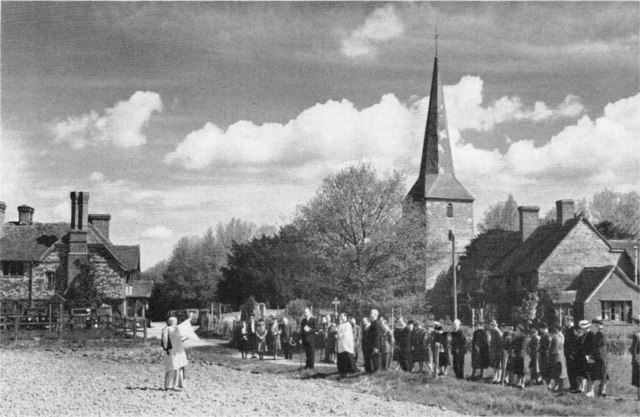
The Ancient Custom of Blessing The Fields,
Rogation Sunday,
Hever, Kent, England.
Photo: 9 February 1967.
Source: From geograph.org.uk
Author: RayTrevena
(Wikimedia Commons)
What are Ember Days and Rogation Days ?
How can we observe them today ?
For more information, please visit http://www.sentrad.org
and please remember to say three Hail Marys for the Priest.
Available on YouTube at
The following Text is from Wikipedia - the free encyclopaedia.
Rogation Days.

Ember Days.
In The Liturgical Calendar of The Western Christian Churches, Ember Days are four separate sets of three days within the same week — specifically, the Wednesday, Friday, and Saturday — roughly equidistant in the circuit of the year, that are set aside for Fasting and Prayer.
These Ember Days, set apart for Special Prayer and Fasting, were considered especially suitable for The Ordination of Clergy. The Ember Days are known in Latin as the "quattuor anni tempora" (the "Four Seasons of The Year"), or, formerly, as the "jejunia quattuor temporum" ("Fasts of The Four Seasons").

The Ember Weeks, the weeks in which The Ember Days occur, are these weeks:
1. Between The Third and Fourth Sundays of Advent (although The Common Worship Lectionary of The Church of England places them in the week following The Second Sunday in Advent);
2. Between The First and Second Sundays of Lent;
4. The Liturgical Third Week of September.


No comments:
Post a Comment